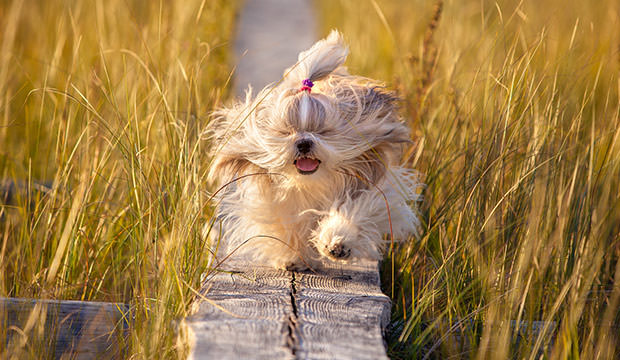
No matter how big a dog-lover you are, shedding can be quite frustrating as the mess that dog hair can make will sooner or later drive any dog owner nuts. Almost all canines shed to some degree (of course, with the exception for breeds that are completely hairless), but certain breeds shed more than others, and some shed less. Hypoallergenic dogs shed very little, while heavily double-coated breeds shed in large amounts.
Some breeds, like Poodles and Yorkshire Terriers, have continuously growing hair and have hair shafts with longer life spans and therefore shed very little.
Labradors and Huskies, on the other hand, have a shorter hair shaft life span and more abundant undercoats, which makes them quite big pains in the neck during the shedding season.
Spring and Fall
Dogs generally shed extra during spring and fall, especially double-coated pooches as they have undercoats – secondary hairs that occur around the primary hairs and is usually shorter and softer.
Check out the most popular Dog Shedding Tools on Amazon
Shedding occurs as a result of temperature change and the process is often referred to as blowing coat. In the spring, when the warm weather comes, canines shed their old winter undercoats to make way for a lighter summer coat, while during the fall when it begins to get cool again, our pooches shed their lighter undercoats and grow back that thicker coat to prepare for winter.
